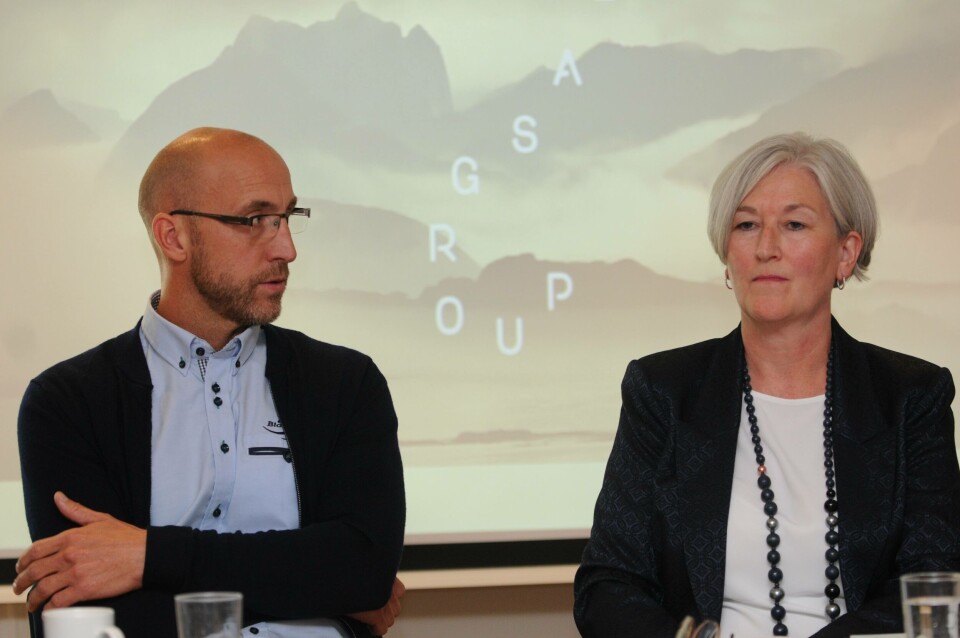
Norwegian buying group takes a lead on green feed
The 44 salmon farming companies who make up Norway’s Salmon Group purchasing cooperative have agreed a deal with BioMar for a tailor-made new feed that is lower in environmental contaminants and has a 20% lower carbon footprint.
Salmon Group’s 44 member companies purchase around 12% of all fish feed that is sold to salmon and trout farmers in Norway. In volume this amounts to 190,000 tonnes.
“We are proud of the fact that a group of small farmers are leading the way in making the fish feed more sustainable. This is something they really want,” Salmon Group chief executive Anne-Kristine Øen told Fish Farming Expert’s sister site, Kyst.no.
Reducing the footprint
Last year Salmon Group launched the preliminary project “Sustainable farming of salmon and trout. What is it?”.
“Already then we focused on the feed as the largest contributor to the carbon footprint of the aquaculture industry,” said Øen.
“We decided to do something about it. Now we’re putting it into practice.”
Increased microalgae
Håvard Jørgensen, BioMar’s Norway region managing director, said: “With the increased use of microalgae, efficient cleaning technology and increased use of by-products, we have succeeded in reducing the footprint from feed production by 20%. We have achieved this without reducing the omega-3 level.”
He commended Salmon Group for its willingness to initiate the project.
“We are talking about mega trends, where the Salmon Group has taken an active role,” he added.
Materials mapped
Jørgensen believes that the Salmon Group will not be alone in focusing on a lower footprint from fish feed.
“This is something that is coming more and more. One of the big effects of this is that new products, new methods and new technology will come, which in turn will help to make the footprint even smaller in the future,” he said.
BioMar has initiated a project internally where the company maps all the 300-400 raw materials that can be included in feed production. For each of these raw materials, an eco profile has been prepared that can state with great precision what the status is with regard to its carbon footprint. It emphasises that genetically modified ingredients are not used in the feed.
Will cost more
Of course, increased focus on sustainability and reduction of foreign matter in the feed has its costs.
“Our calculations show that the feed cost per kilo will increase by NOK 0.5-0.6 per kilo,” said Nils Inge Hitland, purchasing manager at Salmon Group. Every year he negotiates new feed agreements for large sums.
“One of our important goals is to reduce the content of foreign substances in the fish. Already, our feed is at only 25% of what the government’s limit values are. But we see that consumers are increasingly concerned about this, and we want to be ahead of this trend,” said Hitland.
The new feed is already in use, and the first fish produced on the new feed are expected to reach the market by the end of the year.























































